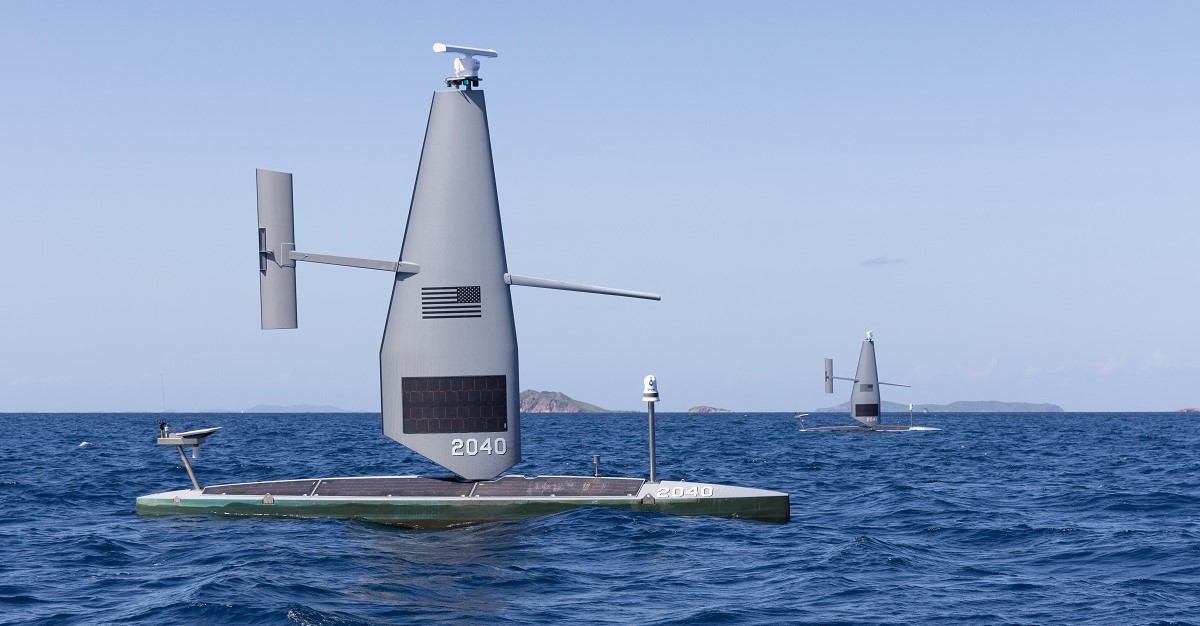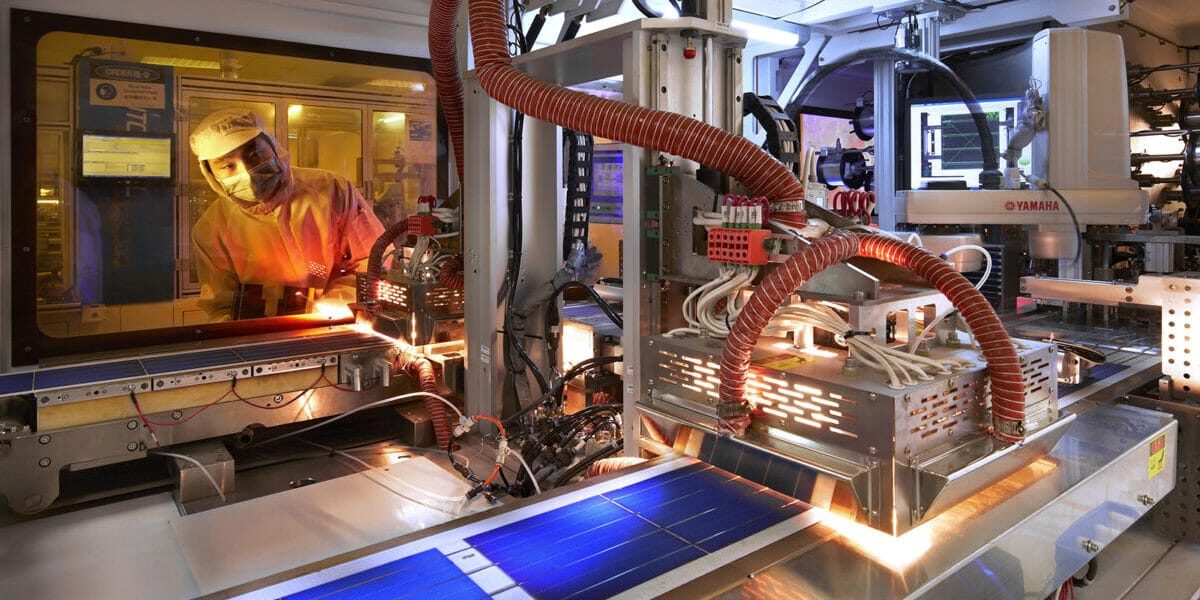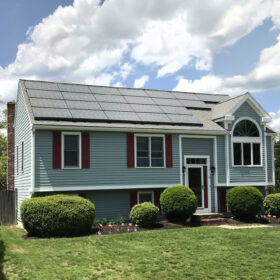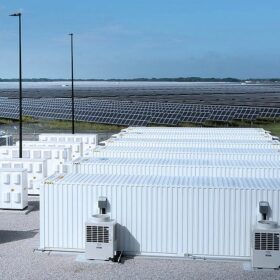Saildrone Inc., a U.S. ocean technology company, has developed a fleet of ocean-going uncrewed surface vehicles (USV) that rely on solar and wind power to autonomously collect and process sensor and camera data on long-duration maritime missions above and below the sea surface.
All Saildrone’s vehicles rely on solar power and wind propulsion. “Solar power is the primary source of power for all classes, with additional battery charging coming from the diesel generator on the larger classes,” a Saildrone spokesperson told pv magazine.
The vehicles are used in science, commercial, and defense missions in harsh marine conditions. The smallest of the fleet, Saildrone Explorer, is exclusively wind-propelled and solar-powered for up to 365 continuous days at sea.
The two larger vehicles have a diesel generator to provide additional battery charging. The Saildrone Voyager, a 10-meter USV used for coastal ocean mapping/monitoring, and the 20-meter Saildrone Surveyor used for full-ocean depth mapping and domain monitoring, typically get three months of normal operation before having to refuel the diesel generator, according to the spokesperson.
The additional power on the larger USVs drives high-powered instruments, such as high-performing radars, but also an electric propeller that might be needed in light-wind or heavy-traffic conditions.
The saildrones are equipped with solar panels supplied by US-based Merlin Solar Technologies. The company declined to provide further details about the specifications and features.
In the past, as reported by pv magazine, Merlin Solar’s technology has been used in maritime and non-optimal PV settings. The panels have a unique patented design and provide rugged durability.
The other benefit of using solar power and wind propulsion, as noted by the spokesperson, is that the solution “avoids 99.9% of the CO2 that would be produced if traditional ships were used.”
Saildrone USVs have reportedly sailed over 2 million nautical miles and 50,000 days in the “world’s harshest environments,” since the company was founded in 2012.
For example, the Saildrone Explorer has been used for tropical storm and hurricane research, exposing the USV fleet to perilous conditions after launching from Florida and North Carolina ports to measure near-surface atmospheric and upper-ocean data to improve hurricane prediction models.
Last month, the company announced a maritime surveillance trial in the Baltic Sea to enhance marine intelligence gathering in the region. In June, it announced a first-of-its-kind demonstration mission in partnership with U.S. technology company Meta to survey deep-water cable routes in the North Atlantic over a 26-day mission in “complex topographies and challenging conditions, without a port call or outside assistance.”
This content is protected by copyright and may not be reused. If you want to cooperate with us and would like to reuse some of our content, please contact: editors@pv-magazine.com.








By submitting this form you agree to pv magazine using your data for the purposes of publishing your comment.
Your personal data will only be disclosed or otherwise transmitted to third parties for the purposes of spam filtering or if this is necessary for technical maintenance of the website. Any other transfer to third parties will not take place unless this is justified on the basis of applicable data protection regulations or if pv magazine is legally obliged to do so.
You may revoke this consent at any time with effect for the future, in which case your personal data will be deleted immediately. Otherwise, your data will be deleted if pv magazine has processed your request or the purpose of data storage is fulfilled.
Further information on data privacy can be found in our Data Protection Policy.